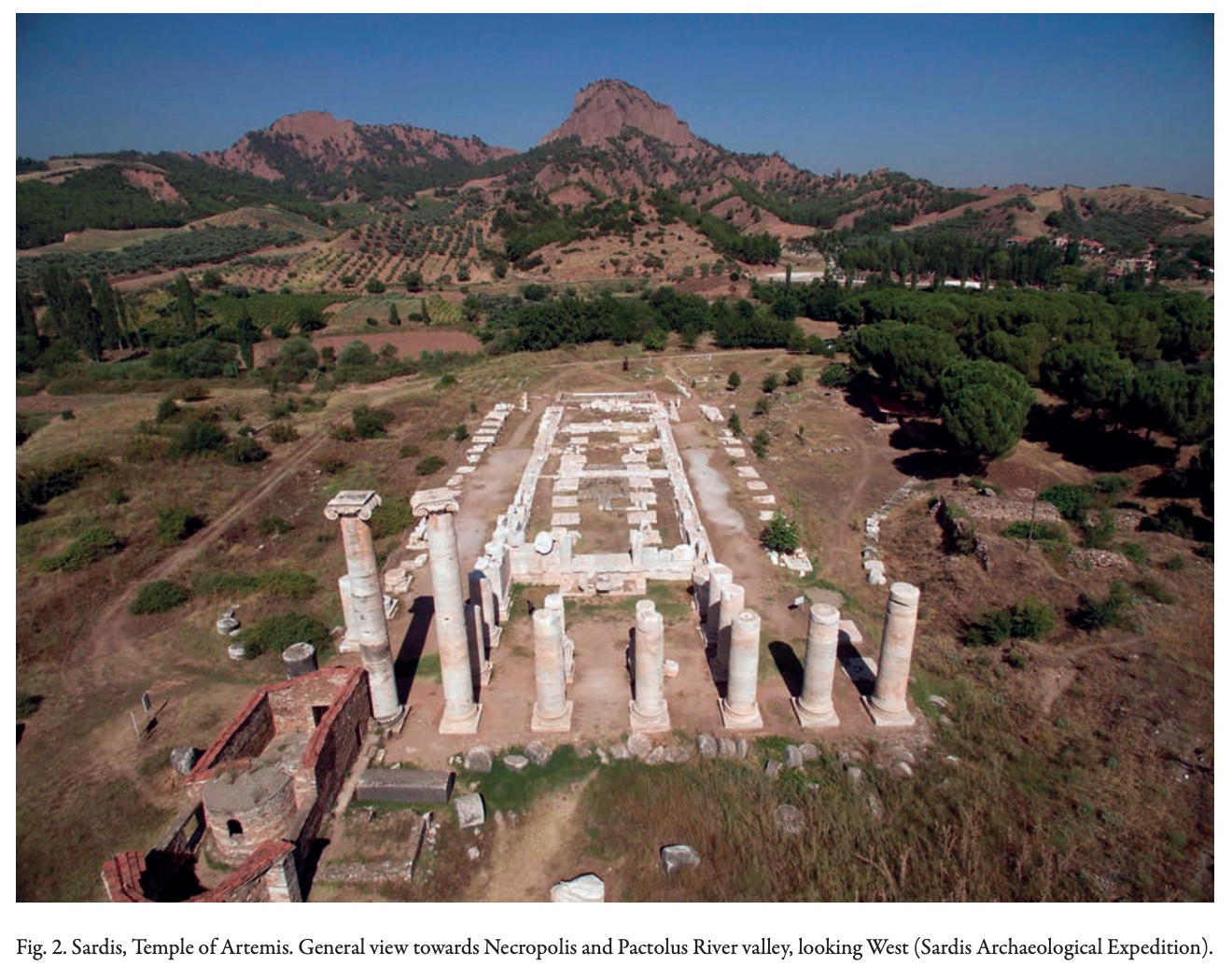Lorem ipsum dolor sit amet, consectetur adipiscing elit. Morbi eu nulla vehicula, sagittis tortor id, fermentum nunc. Donec gravida mi a condimentum rutrum. Praesent aliquet pellentesque nisi.


The Temple of Artemis at Sardis is an unorthodox Ionic pseudodipteros distinctive for its dramatic design, monumental size, exquisite ornament, and impressive setting under the rise of the Tmolos Mountains. It was initiated in the early third century BC during the newly established Seleucid rule in Asia Minor, though construction did not progress beyond an elongated, all-marble cella. Responding to the awarding of imperial cult privileges (neokoria) to Sardis during Hadrian’s visit to the city in AD 123-124, the temple was re- designed with deep pronaos porches, lofty spacious ambulatories, and a divided cella – the last to accommodate the dual cults of Artemis and the emperors. Distantly echoing but refuting the Anatolian legacy of Hermogenes, the Sardis pseudodipteros was an experimental building, shaped by the needs of changing, overlapping local cults and religious traditions as it was by creative, even disruptive, design links to Rome and Italy.